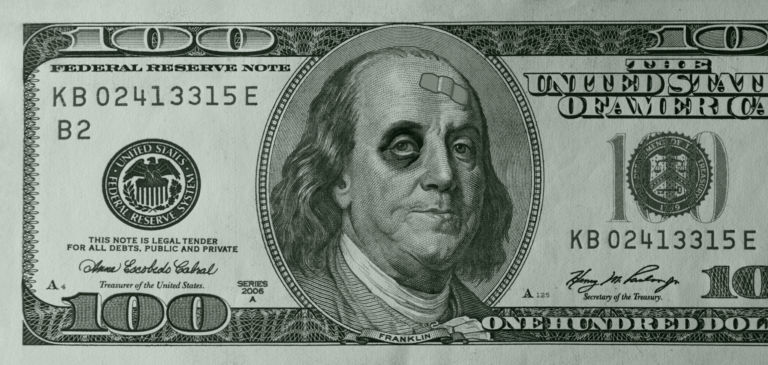The Consumer Price Index (CPI) rose 0.1% in March after increasing 0.4% in February according to the latest release from the Bureau of Labor Statistics. On an annual basis, prices have increased 5.0%.
Headlines proclaim inflation is cooling. While this is true for the annual rate, it’s important to note that we are comparing the rate to last March’s elevated baseline. The March 2022 CPI report showed an annual increase of 8.5% – the largest increase since 1981. This year’s 5.0% inflation is on top of that already elevated price level.
And aside from the inflationary runup over the past two years, annual inflation rates have only seen rates of 5% or higher for two months out of the last 32 years.
Core inflation, which excludes volatile energy and food prices, rose 0.4% over the month and 5.6% on an annual basis. The shelter index was a key factor to the rise in core inflation, according to the release. The shelter index increased 0.6% in March after rising 0.8% in February. On an annual basis, shelter prices increased 8.2%.
The food index remained unchanged this month but is still up 8.5% on an annual basis. Overall energy prices are down 3.5% over the month and 6.4% over the year, driven by gas and oil prices falling from last spring’s near historic high. Even so, energy services are up 9.2% on an annual basis. Electricity has decreased over the month but is still up 10.2% over the year.
Since President Biden took office less than two and a half years ago, purchasing power has decreased by roughly 17%. If you spent $500 in January 2020, you’d have to spend $585 today for the same basket of goods. Moreover, real average hourly earnings increased 0.2% over the month but are still down 0.7% on an annual basis. Wages are not keeping up with inflation.
The Federal Reserve is not expected to stop increasing interest rates yet. The Fed’s goal of a 2% rate of inflation will require more action, with downstream effects for interest rates on credit cards, mortgages, and our national debt.
American families are poorer today than when President Biden took office, as a direct result of deficit spending fueled by money printing. Newly created money from the Federal Reserve has resulted in too many dollars chasing too few goods in our economy.


